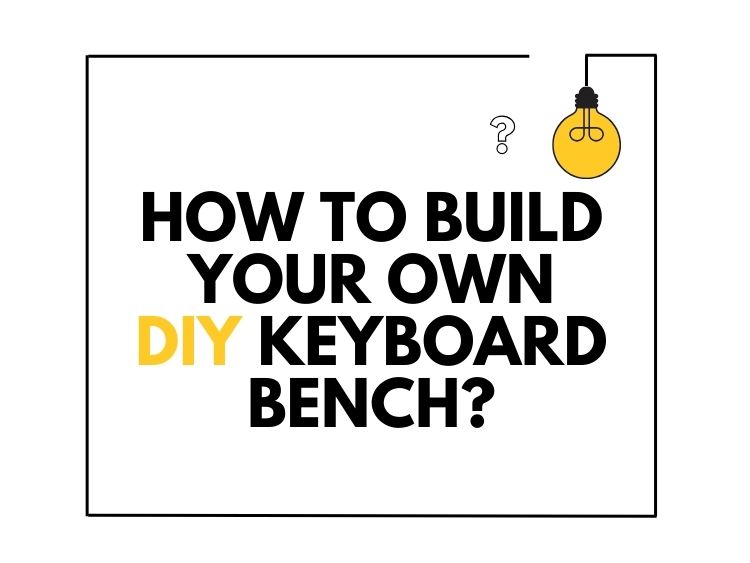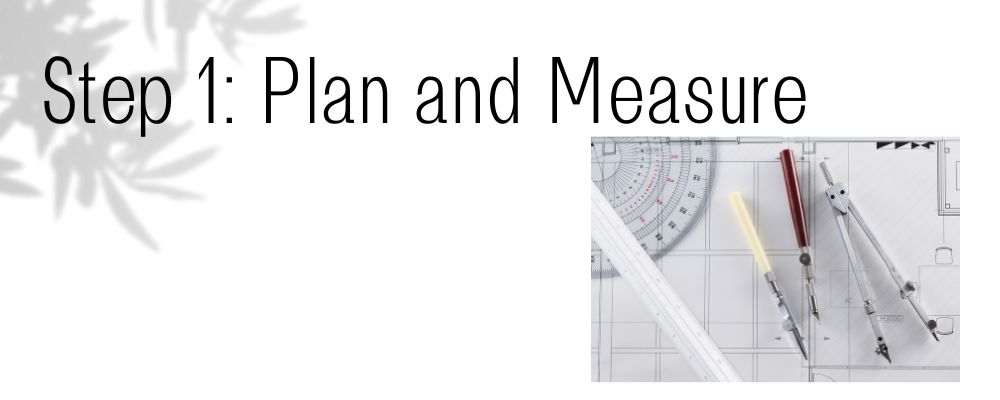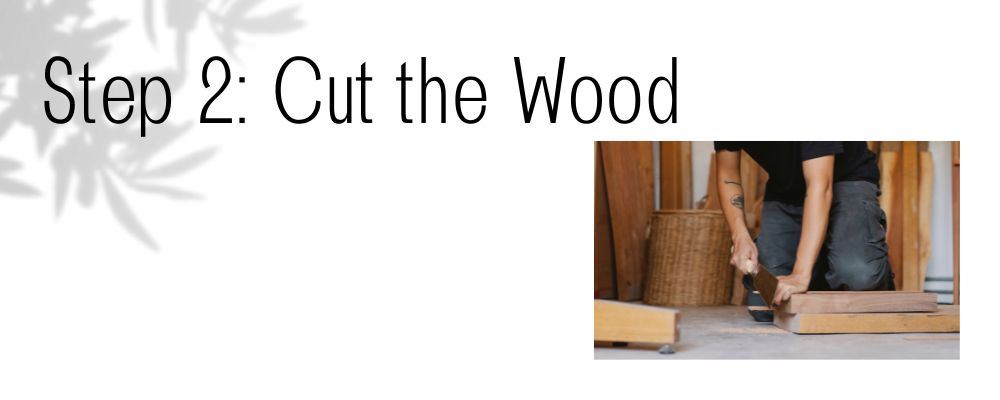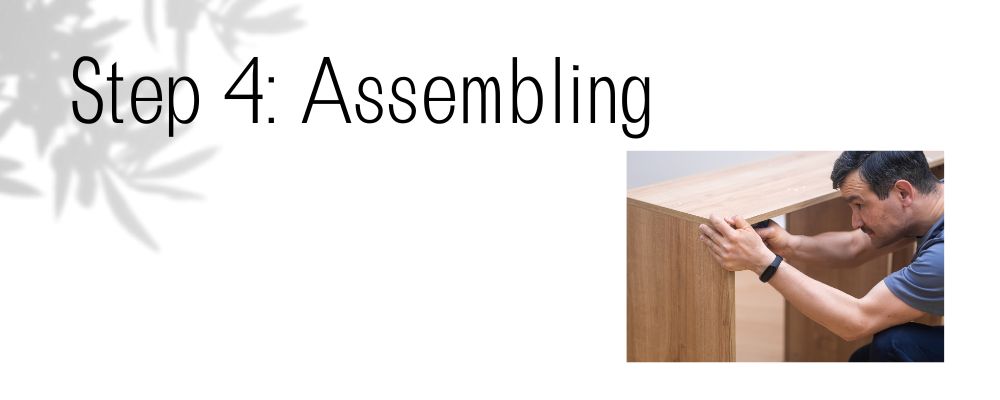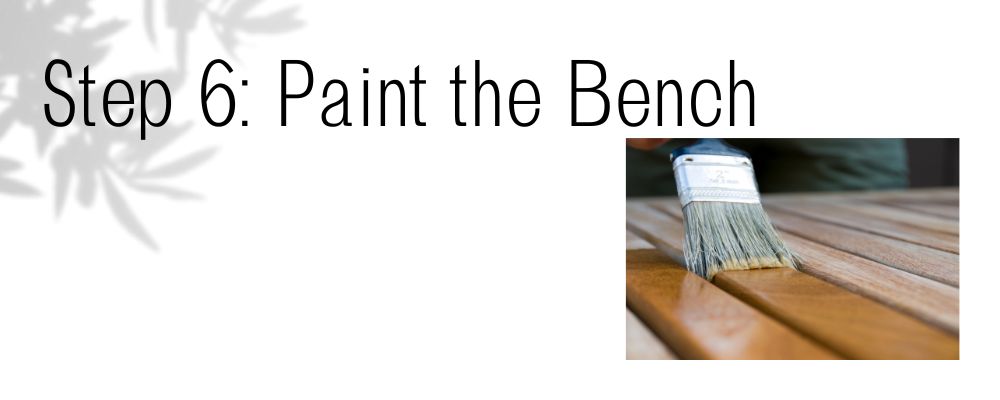Building your own DIY keyboard bench is an exciting and rewarding project for musicians who want to customize a functional, comfortable, and budget-friendly piece of furniture for their home studio or practice space. Whether you require a bench for your piano, keyboard, synthesizer, or digital piano, a DIY allows you full control over the design, size, materials, and finish. Preparing a customized seat can also save you money, as high-end store-bought options can be costly. This guiding blog takes you step by step through making your own keyboard bench, providing tips on materials, tools, and construction techniques to assist you build a solid, attractive, and comfortable bench.
Materials and Tools Needed
Before starting to build , it’s necessary to have all the materials and tools necessary for the build. Here’s a comprehensive list of what you will need:
Materials:
- Wood for the Seat: A solid wood board or plywood (at least 1” thick) for the seat. The common types of wood for benches are pine, oak, maple, or plywood.
- Wood for the Legs: Four wooden pieces for the legs. These could be 2×2 or 2×4 lumber, depending on your desired look and durability you need for your bench.
- Wood for the Support Frame: Lumber for cross supports between the legs (optional, depending on the design).
- Upholstery Material: Foam for cushioning the seat and fabric for covering the seat (only if you want a padded seat).
- Screws: Wood screws to attach the pieces together.
- Wood Glue: For added strength and durability in your joints.
- Stain or Paint: For finishing the wood to go with your studio’s decor.
- Staples or Upholstery Tacks: For securing the fabric to the seat.
Tools:
- Circular Saw or Handsaw: For cutting wood to the appropriate lengths.
- Drill: For drilling pilot holes for screws and for attaching the pieces together.
- Screwdriver: To secure screws into place.
- Measuring Tape and Square: For accurate measurements and square corners.
- Sandpaper: To smoothen rough edges and surfaces before finishing.
- Stapler or Tacks: For attaching upholstery to the seat.
- Paintbrush or Cloth: For applying finish or paint.
Step 1: Plan and Measure
It’s crucial to plan the bench design carefully, before cutting. The measurements you select will rely on individual preferences and ergonomic needs. The following are typical dimensions:
- Seat height: The standard seat height for a keyboard bench is 18 to 20 inches, but this can vary according to your height and sitting comfort. Consider the height of your keyboard or piano, as well as your preferred seating position while playing.
- Seat width: The ideal width is normally between 14 and 18 inches. This width should have the ability to provide enough space for you to sit comfortably, whether you’re playing with a traditional piano or a digital keyboard.
- Seat depth: The depth of the seat, or how far back the seat extends, is typically between 12 and 16 inches.
Once you are settled on the size, use a measuring tape and square to mark your cuts on the wood. Double-check all the measurements and angles ensuring accuracy. You should also draw a rough sketch of your practical bench with the measurements before any practical cuttings.
Step 2: Cut the Wood Pieces
Now it’s time to cut your materials to size. With your saw (whether a circular saw or handsaw), cut the following pieces according to your preferred measurements:
- Seat Panel: Cut the wood for the seat to your desired length and width.
- Legs: Cut four legs to the desired height. A height of about 18-20 inches is average, but this can vary.
- Support Frame (Optional): If you want additional support and stability, cut two pieces of wood to run horizontally between the legs. These cross-supports will help prevent wobbling and enhance the seating’s overall sturdiness.
If you’re planning a more intricate design, such as tapered or angled legs, take your time with the cuts to ensure accuracy. If you don’t have a circular saw, a handsaw will work, but may require more hard work.
Step 3: Sand the Wood
Sanding the wood before assembly is a crucial step for smooth edges and surfaces. Use medium-grit sandpaper (around 120-grit) to remove any rough spots and splinters, followed by fine-grit sandpaper (around 220-grit) for a smooth finish. Sand the seat panel, the legs, and all edges. Aim at rounding off any sharp corners to ensure the seat will be safe to use and comfortable to sit on.
Sanding the wood also makes it good for staining or painting later on, ensuring that the finish adheres better.
Step 4: Assemble the Bench Frame
With your pieces cut and sanded, it’s time to assemble the frame. Start by attaching the four legs to the underside of the seat panel. To do this:
- Apply Wood Glue: Apply wood glue to the top of each leg where it meets the seat. This will make a strong bond and help secure the pieces.
- Screw the Legs in Place: Using a drill, drill pilot holes for your screws, and then put screws to join the legs to the seat. Use at least two screws per leg to ensure a stable base.
If you’re adding cross supports for more strength, now’s the time to install them. Attach the cross pieces of wood between the front and back legs as well as between the two side legs, forming a sturdy rectangle. This additional step will keep the legs from wobbling, especially if you plan to use the seat regularly.
Tip: Make sure that the legs are positioned evenly and at 90-degree angles to the seat. Use a square tool to check the alignment as you work.
Step 5: Upholster the Seat (Optional)
If you are willing to make a soft padded, comfortable seat, now is the best time to upholster the top of the seat panel.
- Cut the Foam: As you start to add padding, cut a piece of foam to match the dimensions of the seat. You can use foam of different thicknesses according to how soft or firm you want the seat to be.
- Attach the Foam: Spray a layer of adhesive to the seat panel and attach the foam to the wood. Press down on the foam to ensure it sticks securely.
- Cover with Fabric: Lay your chosen fabric (such as velvet, faux leather, or canvas) flat on the ground, place the foam-covered seat on top, and pull the fabric tightly over the foam. Using a staple gun, staple the fabric to the underside of the seat. Start ;l.m, at the center of each side, and pull the fabric taut as you work your way around. Fold the corners neatly, and staple them to the underside of the seat.
Step 6: Paint the Bench
Once the seating is assembled altogether and the upholstery is complete, you can continue with finishing the wood. Applying paint or stain not only gives the bench a polished look but also protects the wood from wear and damage.
- Apply Stain or Paint: If you want to give the natural look of the wood, apply a wood stain. Choose a color that suits your studio’s decor. If you prefer a more modern or bold look, you can paint the bench in a color of your choice.
- Seal the Wood: After the stain or the paint has dried, apply a clear polyurethane or lacquer to protect the finish. This will give the seat a professional, durable sheen and make sure it stands up to regular use.
Step 7: Final Assembly and Touch-Ups
Before using the seating, double-check that all screws are tight, and all upholstery is secure. Give a slight touch up any areas that might need extra paint or stain. Make sure there are no loose edges or splinters.
If there’s any residual glue on the surface or fabric, gently remove it with a clean cloth. Ensure the seating is stable before sitting on it.
Your Bench Is Ready!
So finally, with the assembled, finished, and completely dry, it’s time to enjoy your new creation! Place the bench in front of your keyboard or piano and enjoy both the comfort and satisfaction of playing on a seat that you have created with your own hands.
But you can always check the latest keyboard benches featuring advanced technology such as Donner, 5 Core, Yamaha and OnStage.
Conclusion
Building your own DIY keyboard bench is a fantastic way to create a personalized, functional, and comfortable piece of furniture for your music space. With proper planning and the right materials, you can make a keyboard bench that not only fits your musical needs but can be used as an alternative to sit. Whether you choose to upholster the seat or keep it basic, the piano seat is built for both function and style. The procedure of building it can be highly satisfying, and you’ll have the pleasure of enjoying the piano seat for years to come. With this guide, you have all the tools and information you need to get started on your own DIY keyboard bench project.

